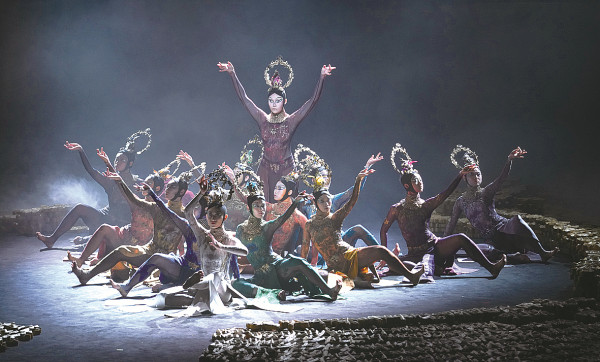 |
|
Chinese dancer and choreographer Yang Liping’s production Rite of Spring. photo by Zu Zhongren / for China Daily |
According to Wang, it took years of building a relationship and multiple invitations to bring the Ballet Nacional de Cuba to the festival. Such was the importance of this performance that the festival was even extended by a few days so that Don Quixote could be performed as the closing act.
Don Quixote was among a series of heavy-weight productions that made their China debut at the CSIAF. Others included All Balanchine by The New York City Ballet. The Lucerne Festival Orchestra also celebrated its Shanghai debut at the festival, presenting five concerts throughout a week, including an outdoor show at the Gongqing Forestry Park.
The fact that a growing number of companies have chosen Shanghai as the place to debut their productions reflects the city's status as a cultural destination in the region. Ye Chenliang wrote in Shanghai-based Wenhui Daily that this "marks Shanghai's movement toward a leading city in Asia's performing art scene, and eventually symbolizes the improvement of Shanghai".
Wang said that the festival has sparked controversy over the past few years by choosing to introduce experimental artists and works to the city that audiences have found difficult to understand. But this was all part of the plan.
"It is our mission to educate the public and introduce to them the latest achievements of the international art scene — we want to lead the audience instead of following their preference," she said.
Chinese American choreographer Shen Wei was one of those the CSIAF introduced to the city. In 2016, just two years after he and his company were introduced to the city, Shen's dance creation Map and Near the Terrace won high praise from critics and the public. Shen, who was schooled in Chinese ink painting, traditional Chinese opera and contemporary dance, was again present at this year's CSIAF, presenting a solo exhibition of visual art at the Power Station Shanghai.